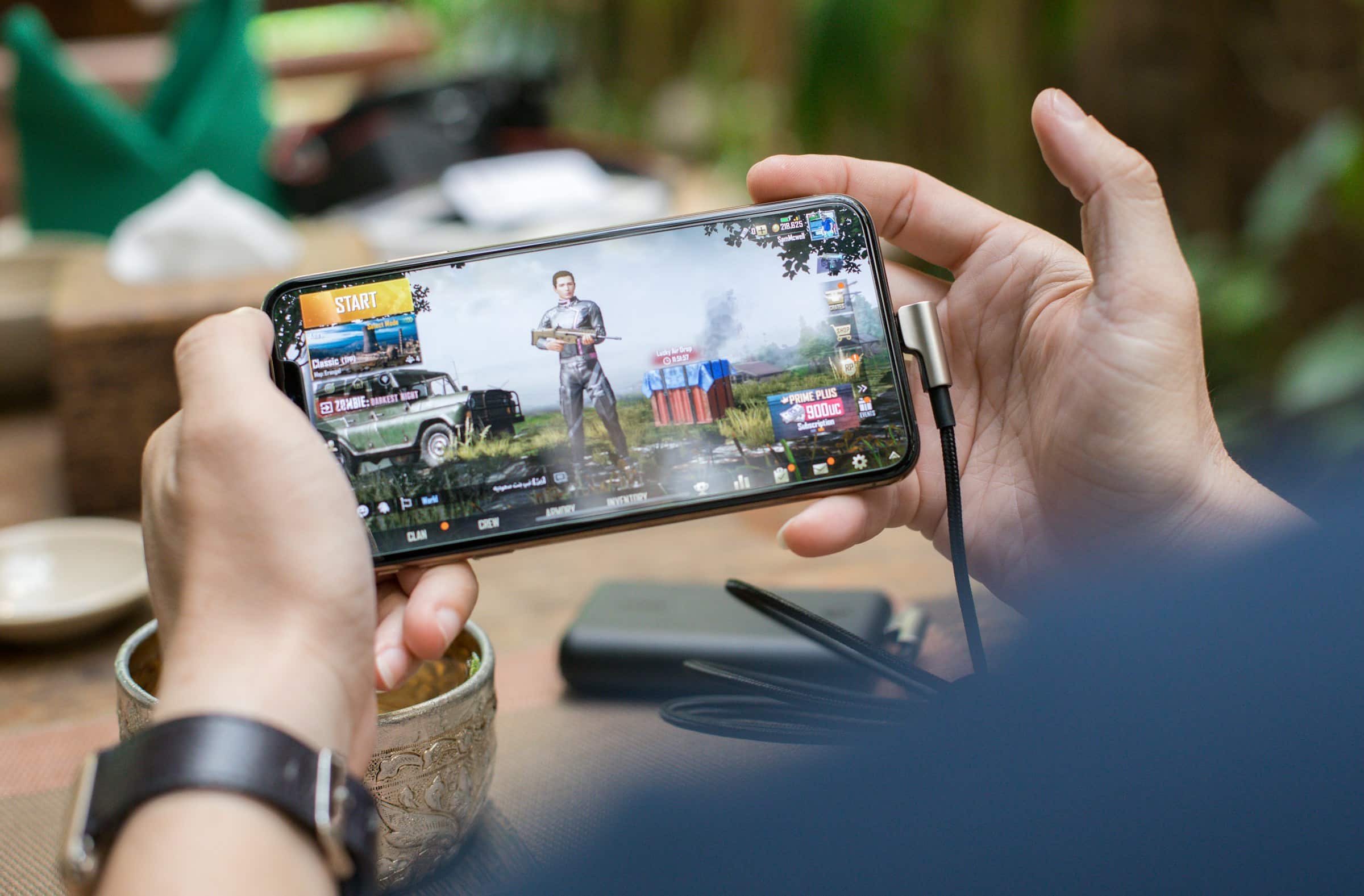How can developers optimize real-time reflections for better performance in mobile games?

Real-time reflections are an essential part of any gaming experience. They lend an air of realism and depth to the gaming environment, enhancing graphics and improving players' immersion. However, when it comes to mobile games, incorporating real-time reflections can be a challenge due to limitations in processing power and graphics capabilities. In this article, you'll learn how developers can optimize real-time reflections for better performance in mobile games. We'll discuss the role of ray tracing, the use of light and time, and methods for improving game design and object rendering.
Harnessing the Power of Ray Tracing
Ray tracing is a powerful technique used in rendering graphics, particularly when dealing with light and reflections. It's a process that mimics the behavior of light in the real world, tracing the path of light as pixels and mapping it onto 3D objects.
A lire aussi : What techniques are essential for creating dynamic weather systems in flight simulators?
In mobile gaming, harnessing the power of ray tracing can be challenging due to hardware constraints. To overcome this, developers can optimize how rays are traced within the game. This includes reducing the number of rays traced, utilizing simpler reflection algorithms, and making strategic use of GPU resources. Additionally, techniques such as denoising can help to improve the quality of the image without increasing the computational load.
The Role of Time in Real-Time Reflections
In the realm of mobile gaming, time is a critical factor. Real-time reflections require fast and efficient computation to keep up with the pace of the game. This puts pressure on the performance of the mobile device, potentially leading to slow-downs or lag.
A lire aussi : How can machine learning be used to personalize game tutorials for individual player needs?
To address this, developers can optimize the timing of rendering processes. For example, they can use 'lazy evaluation', a technique where calculations are delayed until absolutely necessary. This can help to spread out the computational load over time, reducing the risk of performance issues. Furthermore, developers can prioritize rendering for objects that are closer to the player, or more central to the game play, ensuring that the player's experience is not compromised.
Mastering the Art of Lighting
Lighting plays a pivotal role in creating realistic and visually stunning game environments. However, in mobile games, managing the performance impact of lighting can be a complex task.
To optimize lighting in mobile games, developers can use various techniques. This includes using light maps to pre-calculate the lighting of static objects, or employing dynamic lights for objects that move or change. Additionally, developers can use techniques like 'baking' to pre-compute lighting data, reducing the real-time computational load.
Designing Games for Optimal Performance
The design of the game itself can have a significant impact on its performance, particularly when it comes to real-time reflections. Developers can make strategic choices in game design to optimize performance.
This includes simplifying the geometry of objects, reducing the level of detail in distant objects, and making use of level of detail (LOD) algorithms. Additionally, developers can optimize the game's content by prioritizing important elements and minimizing unnecessary or complex features.
Utilizing Data to Improve Mobile Game Performance
Data plays a crucial role in optimizing the performance of mobile games. By gathering and analyzing data about the game's performance, developers can identify bottlenecks and areas for improvement.
This includes monitoring frame rates, tracking GPU usage, and recording memory consumption. With this information at hand, developers can make informed decisions about where to focus their optimization efforts. For example, if the data shows that the game is using a large amount of GPU resources, developers might look at optimizing the game's graphics or reducing the complexity of 3D objects.
In conclusion, optimizing real-time reflections for better performance in mobile games is a complex task, requiring careful consideration of various factors. By harnessing the power of ray tracing, managing the role of time, mastering the art of lighting, making strategic game design choices, and utilizing data, developers can create visually stunning and performance-optimized mobile games.
Leveraging Machine Learning for Better Reflections
Machine learning is an increasingly important tool in game development. It can be used to improve the quality of real-time reflections, especially in mobile games where processing power and graphical capabilities might be limited.
Machine learning algorithms can be trained to recognize patterns and make predictions based on past data. In the context of game development, these algorithms can be used to predict the behavior of light and reflections in different game environments. This can lead to more realistic and visually appealing graphics, while also reducing the computational load on the mobile device.
One of the ways machine learning can be utilized is in the optimization of screen space reflections. Screen space reflections are a technique that simulates reflections by reusing screen space data. Machine learning can help to improve the quality of these reflections by predicting the behavior of light and reflections based on past data.
Moreover, machine learning techniques, such as deep learning, can be used for texture compression. Texture compression is a crucial part of game development that helps to reduce the amount of memory required to store texture data. By using deep learning algorithms, developers can improve the efficiency of texture compression, leading to better game performance and improved visual quality of reflections.
The Future of Real-Time Reflections in Mobile Games
Looking ahead, the future of real-time reflections in mobile games appears bright and full of potential. Developers are continually pushing the boundaries of what's possible, leveraging new techniques and technologies to improve game performance and visual quality.
With the increasing power of mobile devices and the continuous advancements in game development technologies, the use of real-time reflections is set to become even more prevalent. Techniques such as ray tracing, which were once considered too resource-intensive for mobile games, are now becoming more feasible.
In addition, the use of machine learning and data analysis in game development is set to increase. These technologies can help developers to better understand and optimize the performance of their games. For instance, through the use of data analysis, developers can identify areas where performance could be improved, such as optimizing draw calls or reducing the complexity of 3D objects.
Finally, the role of game art cannot be overstated. The artistry involved in creating realistic and visually appealing environments plays a crucial role in the gaming experience. As technologies advance, so too does the potential for creating stunning game art, which can greatly enhance the role of real-time reflections in mobile games.
In conclusion, the optimization of real-time reflections for better performance in mobile games is an ongoing and evolving challenge for game developers. By leveraging advanced techniques such as ray tracing, machine learning, and data analysis, developers are well-positioned to create game experiences that are visually stunning, immersive, and run smoothly on a wide range of mobile devices. The future of real-time reflections in mobile games is undoubtedly exciting, promising ever more realistic and engaging gaming experiences.
